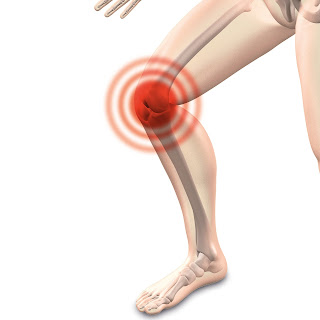Genicular artery embolization is embolization of the knee. Its a procedure that is minimally-invasive and offers joint pain relief. The procedure is performed on people that have knee joint pain from osteoarthritis. The main point of the procedure is to reduce blood flow to the lining of the knee, which reduces pain.
Interventional radiologists can perform genicular artery embolization procedures for patients with knee pain from osteoarthritis. Interventional radiologists are specially trained physicians that use medical imaging as guidance to perform minimally-invasive surgical procedures. These images help guide them as they use needles and catheters within arteries, blood vessels, and organs.
How is Genicular Artery Embolization Performed?
GAE is an outpatient procedure, so if sedation is used it is typically mild to moderate. It usually takes around 1 to two hours for an interventional radiologist to perform the procedure. When a genicular artery embolization procedure is performed a small catheter is usually inserted into the patient in the torso or upper thigh. The physician will use X-rays to see inside of the body so that they can guide the catheter through the patient's arteries. Tiny particles are then inject into these arteries through the catheter. This causes a reduction in the patient's blood supply. Inflammation associated with osteoarthritis is reduced as a result. The reduction of the inflammation in the patient's knee is what alleviates the joint pain.
Why is Genicular Artery Embolization Performed?
Patients with osteoarthritis can experience pain in their knee. The synovium, or lining of the knee, becomes inflamed because of osteoarthritis. The inflammation is the cause of the pain. Genicular artery embolization works by blocking the artery that supplies blood to the synovium, which can help reduce or eliminate the knee pain associated with osteoarthritis. It is an outpatient procedure that takes only a few hours and take and typically takes the patient an hour or two to recover. Patients typically report reduced pain in their knees after the procedure is performed.

Comments
Post a Comment